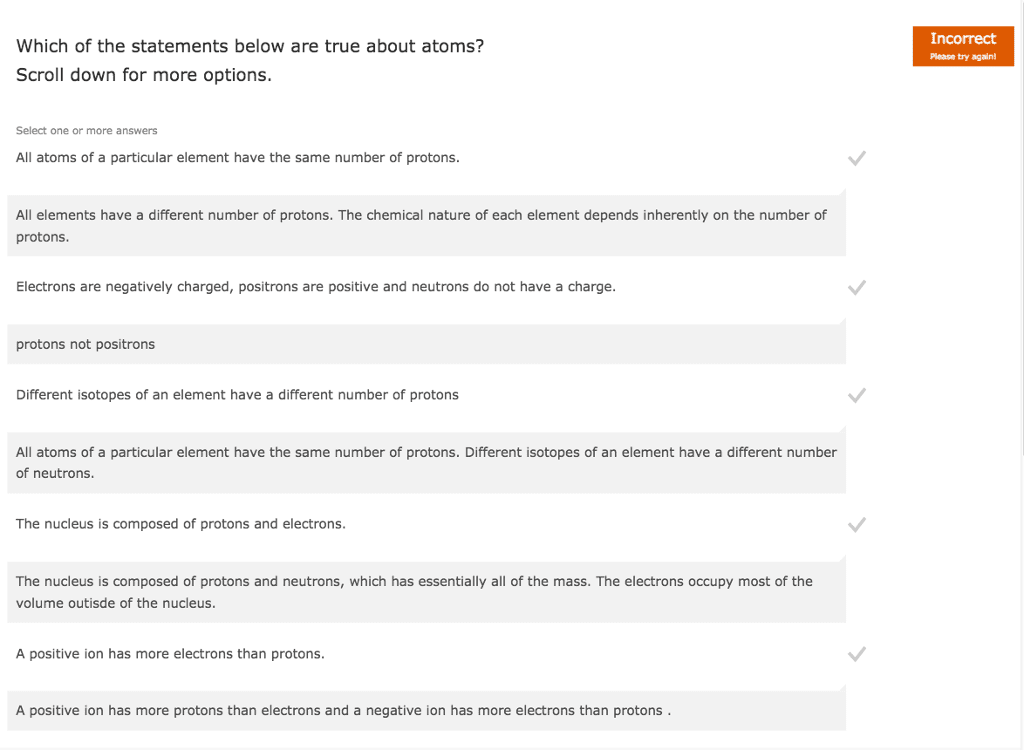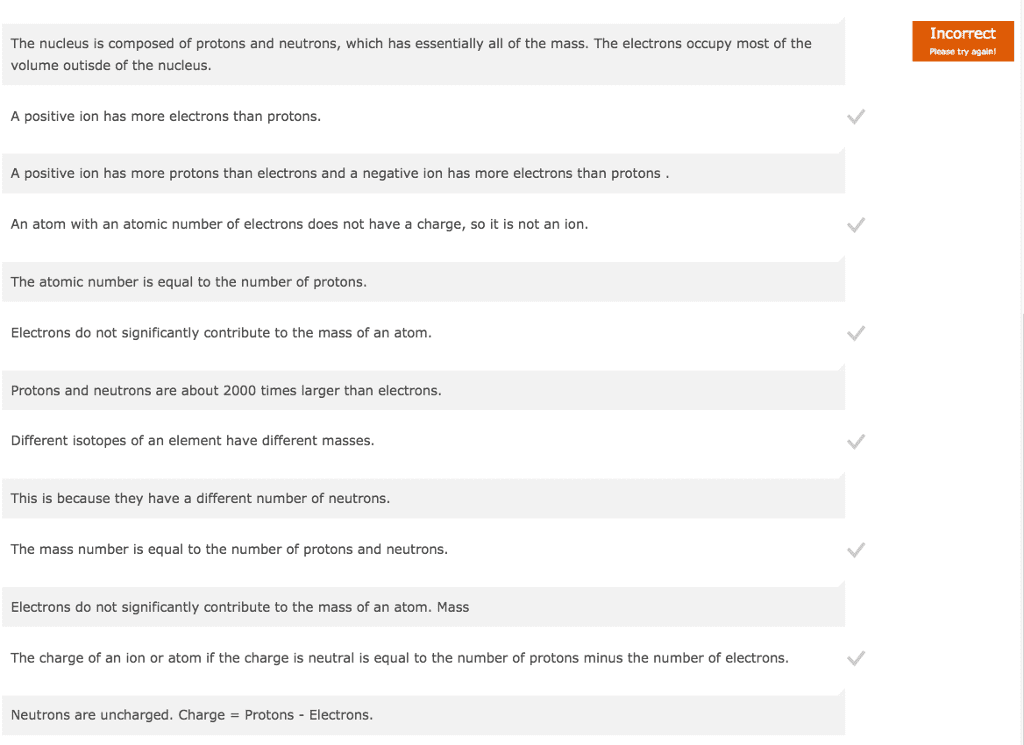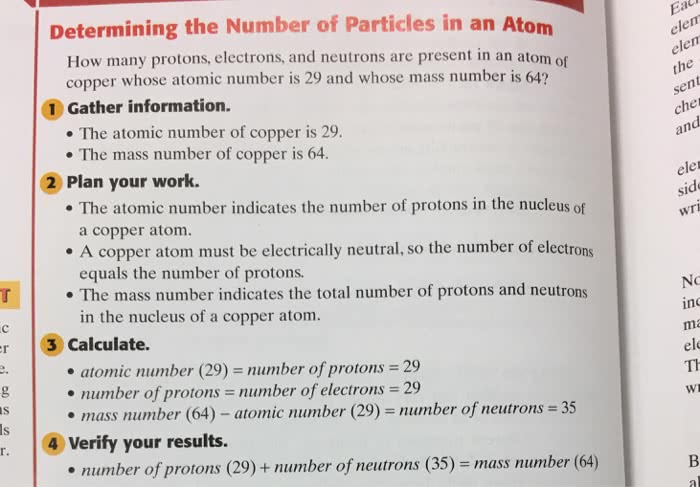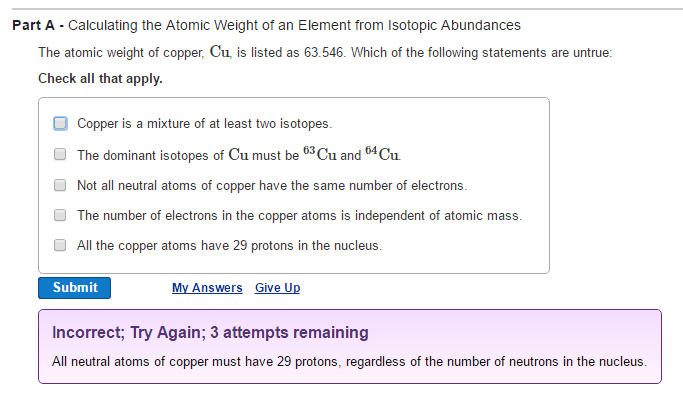Chemistry 1301A/B Study Guide - Midterm Guide: Mass Number, Radiography, Lithium Hydroxide
Document Summary
Atoms: building blocks of matter, three types of particles: protons (+), neutrons (neutral) and electrons (-). Protons and neutrons are in the nucleus and electrons are the space around the nucleus. Protons and neutrons make up the mass of the atom. Atomic number: the number of protons in the nucleus. Mass number: total number of protons and neutrons. Isotopes: atoms with the same number of protons but a different number of neutrons. Isotopic abundance: the percent by number of each of the isotopes of an element. Average atomic mass: the total sum of (the percent isotopic abundance/ 100 x isotopic mass) The average of tall the isotopes of that element. Ions: atoms that have gained or lost electrons. An atom that loses one or more electrons is a cation and it will have a positive charge. An atom that gains one or more electrons is a anion and it will have a negative charge.







